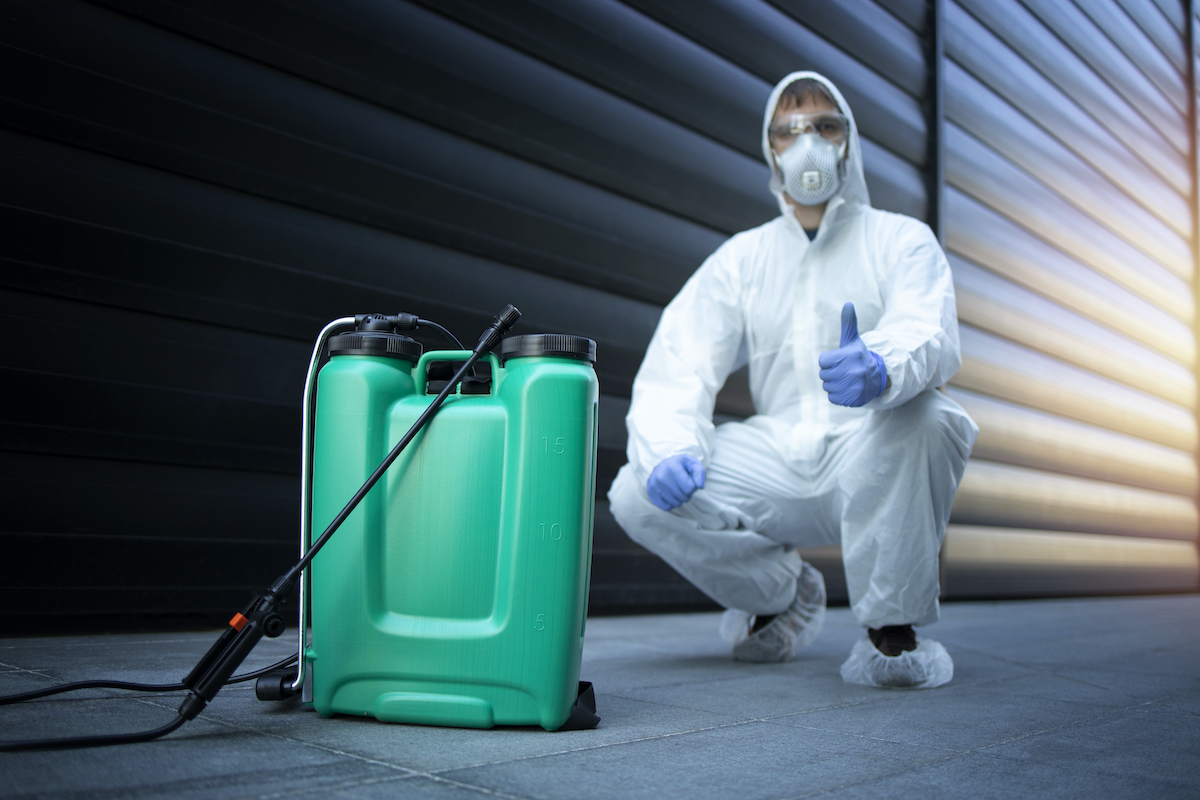Should Buyers Get a Pest Report?
Pest Reports No Longer Required

Q: I’ve just made an offer on a home. I’ve bought homes before in Santa Barbara, and a pest report was always provided by the seller, but it seems that’s not the case anymore. Should I ask for a pest report? What pests are they looking for, and what can be done about them?
A: You’re right. Pest control used to be in the contract, and sellers generally provided a pest inspection and paid for remediation. In 2014, the California Association of Realtors (CAR) amended the residential purchase agreement to remove this language. Today, the buyer may pay for a pest report, and determining who pays for the corrective work is a negotiation point. The thinking behind this removal makes sense. Every real estate transaction is negotiable. The pest report is an inspection same as the home inspection. A pest report is not required by law.
Should a buyer get a pest report? Within the inspection time frame, the buyer may perform as many inspections as they want. Pest inspections are not expensive, usually $100 or so. If extensive damage is discovered, the buyer can request a credit or to have the damage repaired. I recommend that buyers pay for a pest inspection because it’s useful to have that additional knowledge about the house.
The pest report will have two specific sections. There is Section 1 and Section 2 work. Section 1 describes active signs of infestation. Section 2 notes conditions that could lead to problems, similar to leaky pipes that will eventually cause dry rot.
Sign up for Indy Today to receive fresh news from Independent.com, in your inbox, every morning.
The inspector draws a diagram of your home and notes any part of the home that has signs of infestations or problem areas. In our location, the most likely culprits will be dry wood termites, subterranean termites, and dry rot, causing fungus.
What is the remediation? Green, nontoxic, and environmentally friendly products have been developed with various degrees of success. There’s the heat method, cold method, microwaves, localized spot treatments, and more. In my opinion, the most effective treatment against dry wood termites is whole-structure treatment. The house is tented, filled with poisonous gas, and all infestations are eliminated. The good news about termites is, while they absolutely will return, they are slow to do so. For subterranean termites, a combination of methods is used: habitat eradication, moisture elimination, and chemical methods destroy the colonies. Dry-rot-damaged wood must be replaced.
In nature, wood-destroying pests perform a valuable service. They feed on fallen trees, stumps, and dead or damaged wood and return valuable nutrients to the soil. We just don’t want them to destroy our homes. Our standard contract has changed, but the damage pests will do has not — get the pest report.
Marsha Gray, DRE #012102130, NMLS#1982164, has been a real estate broker in Santa Barbara for more than 20 years. She works at Allyn & Associates, real estate services and lending. To read more Q&A articles, visit MarshaGraySBhomes.com. She will research and answer all questions submitted. Contact Marsha at (805) 252-7093 or MarshaGraySB@gmail.com.



